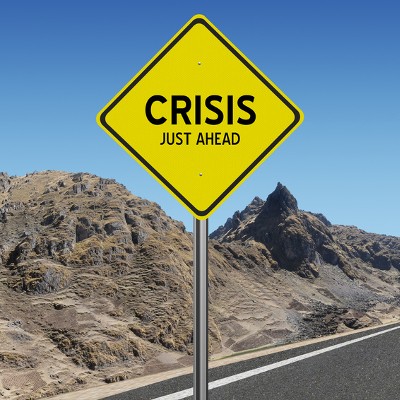Business Continuity Allows You to Keep Your Business Safe
It should come as no surprise that the practice of business continuity planning is one that every business needs to undergo. This planning serves as essentially your only insurance against some form of data disaster or another. Consider your own business for a moment--could it survive a fire, a critical failure in part of your infrastructure, or theft? With a business continuity plan, there’s a chance it just might.
First Things First:
In order to create a business continuity plan, you need to first have prepared a compiled list of the impact each department will feel in a worst-case scenario. What would you do if you lost access to your key vendors, your critical IT, your location, or your personnel and staff resources? How long would you take to recover if you lost each of these resources?
Once you have established these variables within a reasonable range of success, it is time to develop a thorough business continuity plan. This plan needs to cover four considerations: employee safety, essential business functions, company assets, and communication throughout the event. This will help to ensure that every crucial part of your business is accessible in case of a disaster of some sort.
The Four Considerations
- Communications: This serves a dual purpose. First, you need to be able to confirm that the team made it through whatever disaster took place safely. Second, if your business needs to enact its business continuity plan, there first needs to be an ability to reach out within the ranks of the business. Your strategy should include some means for your team to reconnect and reconvene, with meeting spots decided upon beforehand.
- Employee Safety: If it weren’t for the need of communication to confirm that your employees were okay, this would top this list. Not only do you no longer have a driving force behind your business if something were to happen to your workforce, more importantly, you will be morally (and most likely, financially) responsible for any harm that comes to them if they were working in unsafe conditions. Ensuring the safety of your employees is more than just a good business decision, it is a moral obligation.
- Company Assets: Once you have confirmed that your workforce is okay, it is time to evaluate what was able to be recovered from the remnants of your office. This is the main reason that we encourage all businesses to maintain a copy of their digital information in an offsite location that is safe from whatever disaster damaged your original data.
- Business Functions: Once you have ensured that your workforce is safe and sound and you have established a connection to your backup, your best chance of survival is to resume operations as best you can, given the circumstances. While it is unlikely that you will be able to immediately return to full function, you will be able to prove that you are still working to serve the needs of your clients until you can. With any luck, you will never need to use these strategies.
Stress Testing
Once your plan is put together, test it out for effectiveness among your team. After all, a business continuity strategy that fails to enable the business to continue isn’t a strategy worth having. If some part doesn’t serve the way it needs to, go back to the drawing board and revise it until it does. This will require repeated tests, so make sure that you’re ready for the long haul.
Businesses can be fragile things, so it never hurts to prepare for the worst. For help in making these preparations, reach out to the experts at Techworks Consulting, Inc..



Comments